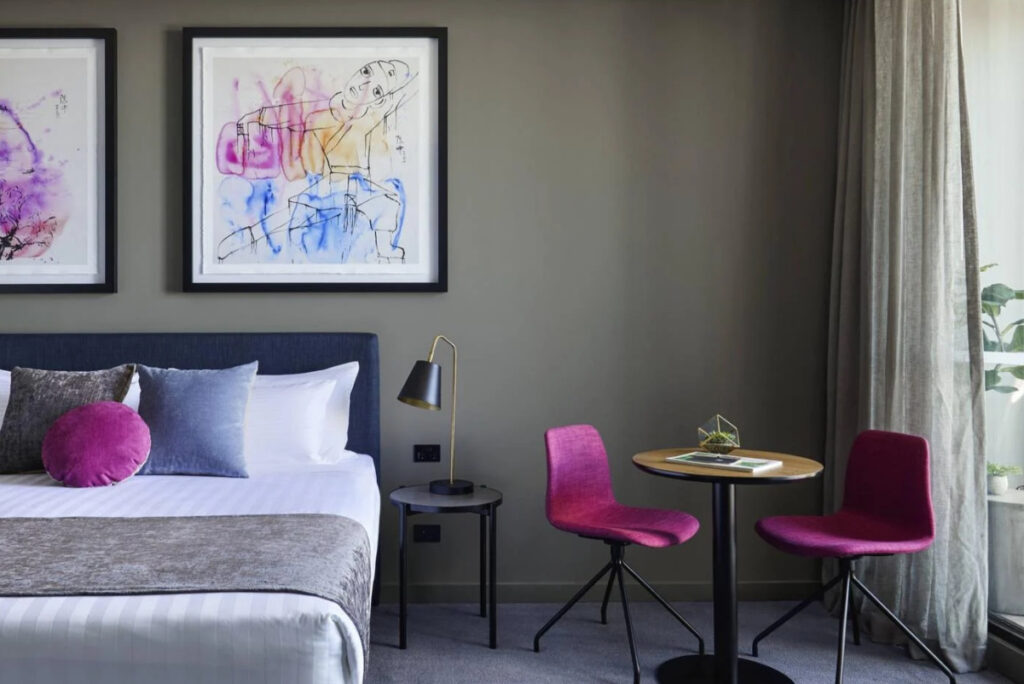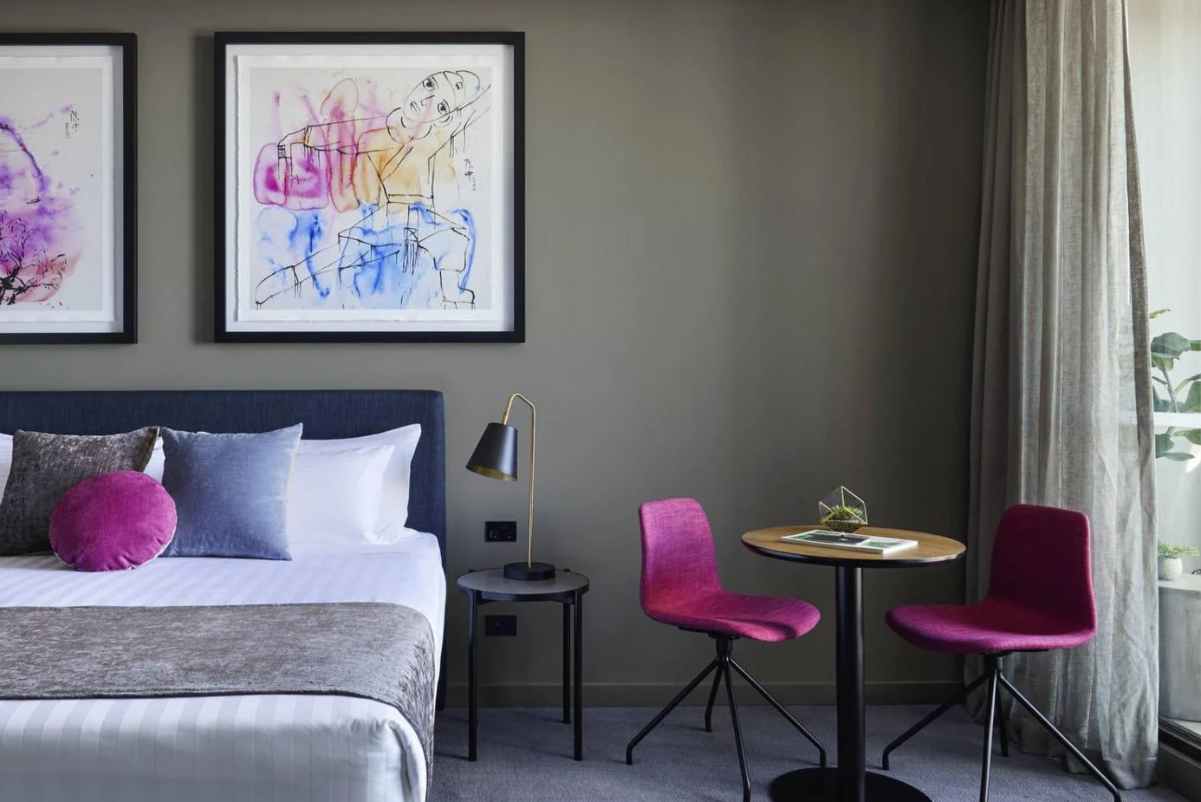
Skift Take
Despite advance skepticism, the Paris Olympics provided a sugar rush for Accor’s hotels. But the company may need more than Olympic-sized live tourism events to sustain its ambitions for rapid growth worldwide.
The Paris-based hotel giant Accor raised its profit outlook after luxury hotels and the Paris Olympics helped drive growth, even as the French hospitality giant grappled with weakness in China’s domestic market.
“Luxury hotels saw RevPAR [revenue per available room] growth was sustained at plus 7% with both rates and occupancy gaining,” said CFO Martine Gerow, in a third-quarter call with analysts on Thursday.
Accor’s strategy of diversifying across geographies and price points appears to be paying off. The company raised its earnings guidance for the year. It now expects its annual EBITDA to be between $1.18 billion and $1.22 billion (â¬1.1 billion and â¬1.125 billion). It is on track to boost its profit margin by 1 percentage point year-over-year.
ð Luxury Leads the Way
- Accor’s Luxury & Lifestyle division saw revenue jump 18% year-over-year.
- High-end resort hotels in Turkey and Egypt performed exceptionally well. “Dubai was relatively flatish.”
- Accor’s lifestyle hotels posted a 14% growth in revenue per available room.
ð¼Paris Had a Great Summer
- The Olympics provided a sugar rush, as room rates doubled on average, with 15 percentage points of incremental occupancy. “We were expecting about a 2 percentage point boost in revenue per available room uplift in France on a full-year basis, and that’s pretty much where we landed,” Gerow said.
- France’s provincial hotels saw a year-over-year slowdown after the 2023 Rugby World Cup boost.
ð Asia Tells Two Stories
- Chinese tourists have been boosting international destinations. For instance, Southeast Asia delivered double-digit revenue growth per available room thanks to Chinese visitors.
- However, China’s domestic market remains challenging with weak consumption. The region had high-single-digit declines in revenue per available room, year-over-year.
ð Notable Trends
- Pricing power is intact. Growth in revenue per available room is projected at 4-5% for the year.
- The company’s conversion strategy is speeding up. Accor said 62% of new rooms came from converting existing hotels from other brands or independent operators versus the historical 50%.
ð® What’s Next
- Some analysts have speculated that Accor might sell its luxury and lifestyle division. “On luxury and lifestyle, we really have no plan to do any sort of capital transaction with this division,” Gerow said, echoing previous comments from other Accor executives this year.
- Business and group travel demand is now growing at twice the rate of leisure travel demand. “We’ve received as estimation of an up to a 20% year-over-year increase in attendance in events in [top] cities in the fourth quarter,” Gerow said.
- Net room growth of 3.2% year-over-year suggests Accor’s expansion machine is humming, if not roaring. Higher churn in the midscale division reflects a more-intense-than-usual expulsion of properties that do not meet quality standards. The cleanup will decelerate by year-end.
- The company’s two-track strategy is evident in the numbers. Its luxury and lifestyle division grew revenue per available room by 7%, outpacing the 5% growth for its premium, midscale, and economy division. The numbers validated management’s upmarket push, though the segment remains smaller than its mass-market brands.
- Executives forecast revenue per available room growth will likely “normalize” toward 3-4% long-term from the 4% to 5% range it projects for this year.
- When asked about hotel deal signings and competition from other hotel groups, management suggested it was pursuing a geographic mix shift from its original European base. As for competition from other hotel groups, Gerow said: “We can defend ourselves and continue to increase our net unit growth including in Europe, but our priority growth markets are Middle East and Southeast Asia.”
Accommodations Sector Stock Index Performance Year-to-Date
What am I looking at? The performance of hotels and short-term rental sector stocks within the ST200. The index includes companies publicly traded across global markets, including international and regional hotel brands, hotel REITs, hotel management companies, alternative accommodations, and timeshares.
The Skift Travel 200 (ST200)Â combines the financial performance of nearly 200 travel companies worth more than a trillion dollars into a single number. See more hotels and short-term rental financial sector performance.
Read the full methodology behind the Skift Travel 200.

